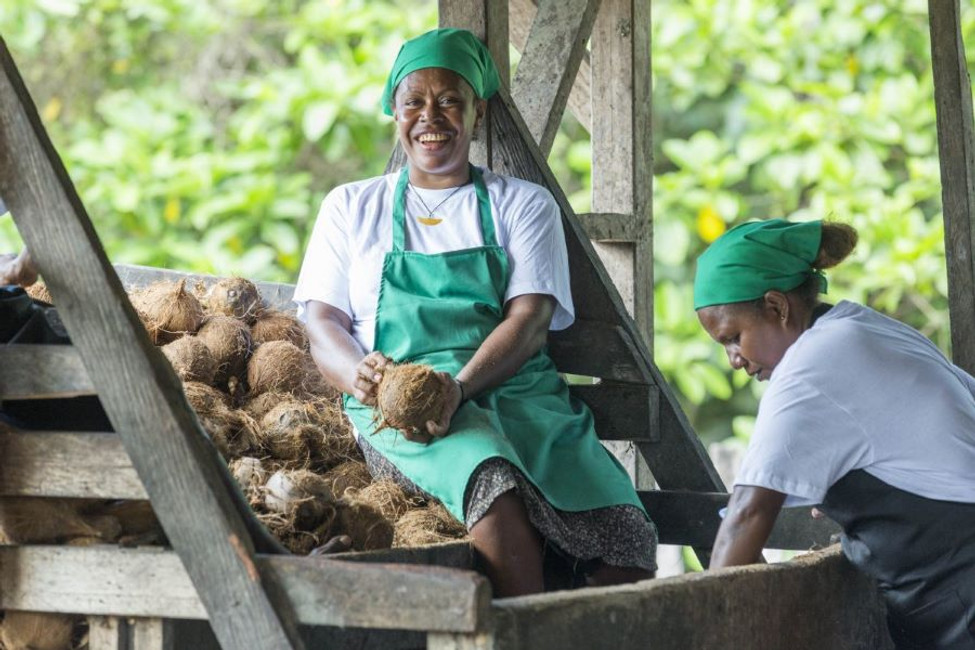
Coconut Shortage and Rising Prices: What’s Behind the Market Challenges?
The global coconut market is facing significant supply constraints, leading to rising prices and ongoing uncertainty in 2025. A combination of weather impacts, rising global demand, and export pressures has disrupted supply chains, making it harder for businesses to secure stock. Global Growth Insights, these challenges are expected to continue for the foreseeable future. Businesses are advised to plan ahead, forecast their needs carefully, and secure stock early to avoid disruptions.
Key Factors Driving the Coconut Market Challenges
Adverse Weather Conditions and Ageing Plantations
The El Niño weather pattern has led to droughts and extreme heat in major coconut-growing regions, reducing yields across Southeast Asia and the Pacific. But beyond weather, the global coconut industry faces a deeper, longer-term challenge: many coconut plantations are made up of ageing, low-yielding trees. In several key producing countries, replanting has lagged for decades, with millions of coconut palms now past their peak productivity. This underinvestment in renewing plantations has left the global coconut supply fragile and unable to keep pace with rising demand. When bad weather hits, there are fewer healthy, productive trees to absorb the shock—compounding supply shortfalls and driving prices higher.
Increased Global Demand and Export Pressures
Demand for coconut-based products continues to grow, particularly in China and the U.S., putting further strain on the market. As noted by CMBroker, large importers, including Thailand and China, have increased raw coconut purchases, tightening global supply. Competing export demand from multiple countries has made it harder for traditional buyers to secure stock, further adding to the pressure.
Challenges Specific to Sri Lanka
Sri Lanka, a key coconut-producing country, is facing additional pressures that are further impacting supply:
- Monkey-Induced Crop Damage – It is estimated that monkeys and giant squirrels destroy 200 million coconuts annually, leading to major losses for farmers. Efforts to control monkey populations through sterilisation programs have been introduced to mitigate the issue.
- Whitefly Infestations – Whiteflies, which have previously affected vegetables and fruits, are now causing severe damage to coconut trees. The infestation, worsened by previous fertiliser shortages, has significantly reduced yields in northern regions.
- Fertiliser Shortages – High fertiliser costs and limited access to quality inputs have weakened coconut trees, making them more vulnerable to pests and reducing overall productivity.
While these challenges are specific to Sri Lanka, they add further strain to the global supply chain, contributing to higher prices and reduced availability in export markets.
Currency and Freight Challenges
- The weaker Australian dollar against the USD has further increased the cost of imported coconut products.
- Rising freight costs and shipping delays have added additional pressure on pricing.
An Ongoing Challenge for the Coconut Market
With supply shortages and price hikes expected to persist, businesses should prepare for continued volatility in the coconut market for the foreseeable future. Beyond short-term weather impacts, structural issues such as ageing plantations and underinvestment in replanting will likely limit global supply for years to come. Careful planning and early stock commitments will be crucial to managing the impact.
At Kokonut Pacific, we remain committed to ethical sourcing and providing the best quality coconut products while keeping our customers informed about market developments. Thank you for your continued support.



Be a part of their story
#ihaveanewlife #realvillagepeople